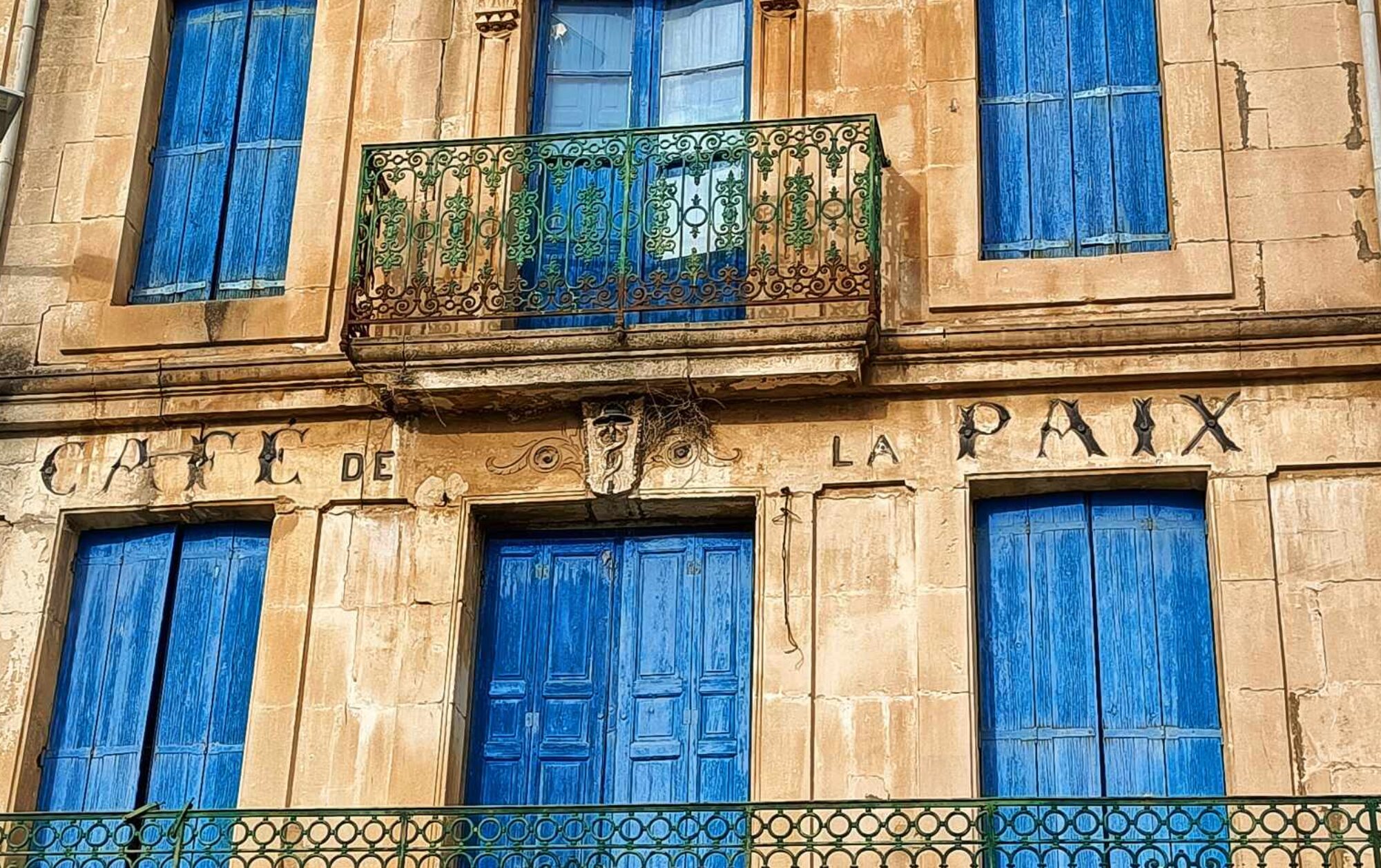“Schuitje varen, theetje drinken, varen we naar de Overleek” Een idyllische plek verscholen in het mooie Waterland direct boven de stad Amsterdam. Je ziet in de verte de contouren van de stad. En hier ben je ineens full force in het groene en lage Holland. Over een smalle dijk kom je aan bij theetuin Overleek, waar de kippen rondscharrelen en je vrolijk kwispelend wordt begroet door de huishond. Na de koffie met hun eigen gemaakte pruimentaart was het tijd om ons te melden voor een fluisterbootje. Met zo’n bootje kun je over de sloten en kreken door dit landschap varen. Door de geruisloze motor van het bootje onderga je het wuivende riet, het kabbelen van het water en de geluiden van de mooie zwart wit bonte dames, die ook van de zon genieten aan de walkant. Via de sloten kom je in het mooie Broek in Waterland met zijn karakteristieke houten huizen, borders vol hortensia’s. Wat ziet het er van het water allemaal anders uit! Daarna gaat de tocht verder langs Zuiderwoude, ook zo’n plaatje. Volgende halte is Monnickendam, mooie stop om gerookte IJsselmeer paling en makreel te kopen.* Via de prachtige Monnickermeer polder kom je dan weer terug op de Overleek, waar je aanlegt en nog even heerlijk kunt zwemmen. Aanrader deze tocht! Ga hem zeker komend voorjaar nog eens maken. Voor de inwendige mens gaat er op de boot een stevige makreel- en palingsandwich mee. Erbij drinken we een koude chardonnay van de Caves de Lugny uit de Mâconnais.
Nodig 4 personen:
12 sneden bruin brood
300 g gerookte paling
400 g gestoomde makreel
1 fijn gesnipperde rode ui
1 el mosterd
3 el crème fraîche
2 el gehakte bieslook
zwarte peper
veldsla
prikkers
Bereiding:
Rooster de sneden brood aan beide zijden. Maak van crème fraîche, mosterd en 1 eetlepel bieslook een smeersel voor op het brood. Besmeer de sneden brood met dit mengsel. Snijd de paling in stukjes. Maak de makreel fijn en meng met wat rode ui snippers. Beleg de eerste snee brood met makreel mengsel, leg erop de volgende snee brood en beleg deze met de paling. Op de paling strooi je nog wat bieslook en wat gemalen zwarte peper. Sluit af met derde snee brood en snijd schuin door. Prikker erdoor. Eventueel kun je nog wat veldsla aan de sandwich toevoegen.


